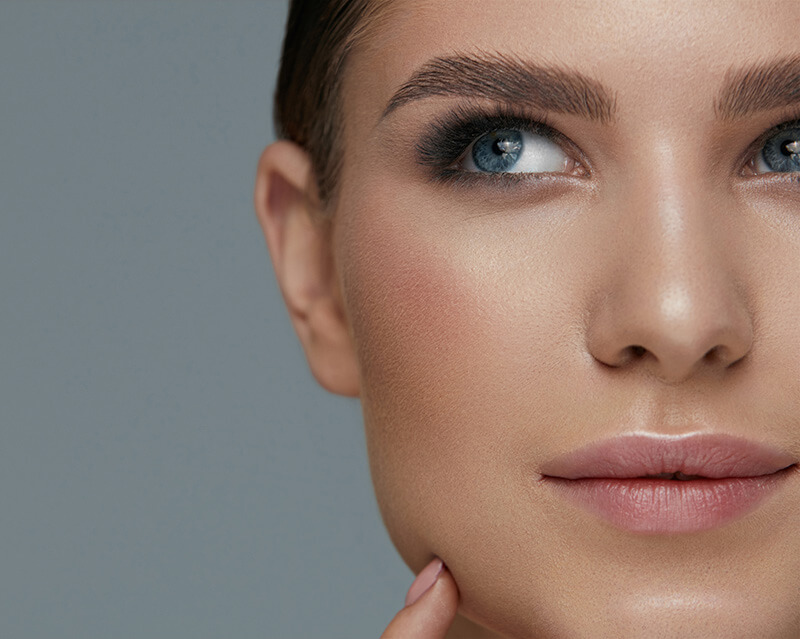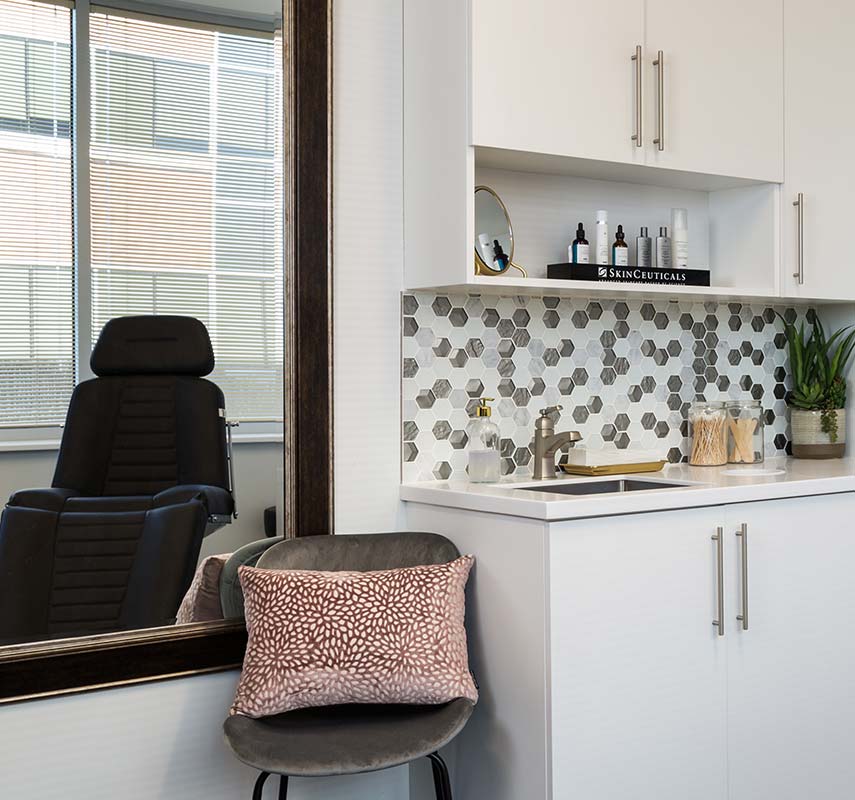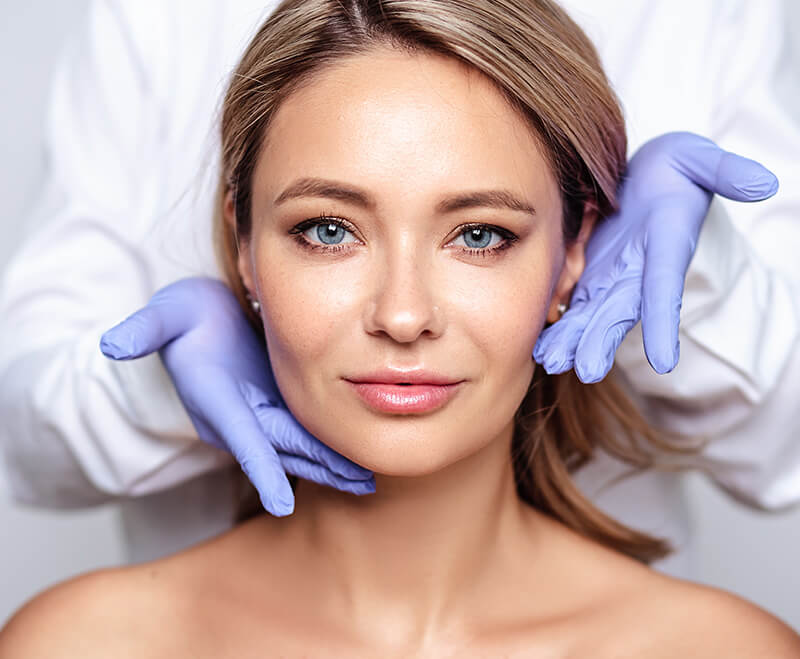

Facial Fat Grafting
What is Facial Fat Grafting?
Facial fat grafting, also known as a facial fat transfer, is a rejuvenation procedure used to replace fat that is lost in the face due to aging.
Lost fat can lead to sunken eyes, deep wrinkles, and sagging skin. Fat grafting corrects that, leading to a more youthful looking appearance. The procedure uses fat tissues from one area of the body that are transferred to the parts of the face where they are needed.


Why Get a Fat Graft for the Face?
This will leave you looking gaunt and tired- the opposite of the plump, youthful looking skin we’re used to. Facial fat grafting takes fat cells from one part of the body, such as the love handles or buttocks, and transfers them to the sunken areas of the face.
Fat can be transferred to the cheeks, the sunken area around the eyes, into the nasolabial folds (the wrinkles that run from the nose to the mouth), or into other parts of the face that need plumping. Some of the more popular areas for fat grafting include the temples, the spot between the eyebrows, the chin, and along the jawline.
Fat grafting can be used in conjunction with a facelift or other procedures that reduce the sings of aging in the face. However, it is also an excellent alternative to a facelift for patients who want to restore youth without stretching or removing skin.
The fat from our own bodies is a perfect substance to use to combat aging. It looks natural once it’s injected into place because it is natural. Your body won’t have an undesirable immunological reaction to the injected fatty tissue, since it is your own tissue to begin with.
Who is A Good Candidate?
A good candidate for facial fat grafting will have realistic expectations of the results of the surgery, and will be undergoing the procedure for personal reasons (not to satisfy anyone else). They should be in good overall health, both physically and mentally.
The patient will need to have good circulation in the spots where they want to receive the fat graft. Blood circulation brings nourishment to the injected fat cells, and this provides longer-lasting results. The patient will also need to have sufficient fat cells in the donor site (which almost all of us do!).
Adults who are considering fat grafting surgery should be non-smokers, or should be willing to give up smoking for six weeks before and after the procedure. Smoking interferes with the healing process. Patients who have a medical history of poor wound healing or abnormal bleeding might not be good candidates for fat injections.
Contact UsWhat Happens During My Consultation?
He will examine the areas you want to treat with fat grafts.
The surgeon may take some pre-operative photographs. He will map out the areas where the fat will be injected, and discuss which sites on your body are the best for donating fat cells. You will review all risks associated with the procedure and discuss post-operative care.

How is Facial Fat Grafting Done?
You will be given the anesthesia selected by your surgeon (local or general).
If you are only getting the fat graft, you might just get local anesthesia to the donor site and the injection site. If you are combining the procedure with others such as liposuction or a facelift, you will probably go under general anesthesia.
The surgeon will use a liposuction cannula (which resembles a large syringe) to remove fat from the donor site. This hand-held device is less likely to damage the donor fat cells than a powered device that actively sucks out the fat.
Once the fat is removed, it is placed in a centrifuge for purification. This removes the blood, excess liquid, and any damaged fat cells. The remaining healthy fat cells are put into small hypodermic needles to use for injections in the face. The surgeon will then use the needles to inject the fat into the areas where you want it, being careful to place the fat cells in such a way that they will receive maximum nutrition from blood circulation.
There will probably be more fat deposited in your face than is necessary because there will be some reabsorption of the fat by your body in the few weeks just after surgery. The entire procedure takes one to two hours, though this can vary if you are having other procedures done at the same time.
What is Recovery Like?
It will begin to resolve after this period. There might also be some tightness or discomfort in the injection site and the donor site. Your surgeon will instruct you on which medications to take to manage this. Try to avoid touching or handling the area for the first few days. Also, after surgery, you will need someone to drive you home.
You can usually go back to work within three to five days. Your surgeon will instruct you on circular massage techniques to do during recovery (after the first three days), which will help the deposited fat blend well with the surrounding tissue. Avoid wearing makeup until the day after your procedure
During your recovery period, be sure to follow all post-operative instructions. Continue avoiding strenuous activity until your surgeon clears you for it. You will return to see the surgeon six to eight weeks after surgery to evaluate your results. If a large amount of the fat has been reabsorbed by the body, you may need to repeat the procedure.
What Are the Risks of Facial Fat Grafting?
Other risks include infection, bleeding, changes in skin sensation, and a reaction to the anesthesia. One of the more serious risks is a fat embolism, where the injected fat enters the bloodstream. This can cause strokes or a heart attack.
Select a Board Certified Plastic Surgeon for fat grafting– it’s one of the best ways to reduce the risk of complications. Board Certified surgeons have the training and expertise necessary to perform the procedure with meticulous attention to every detail. They use highly trained staff and the best medical facilities to help prevent complications from arising.
Following all your pre- and post-operative instructions will also help prevent complications. Your surgeon will discuss the risks with you in more detail at your consultation appointment. However, keep in mind that no surgeon will be able to predict if your body will reabsorb all the fat and leave you with unsatisfactory results. If this happens in your situation, you may need to switch to another form of injectable filler.
